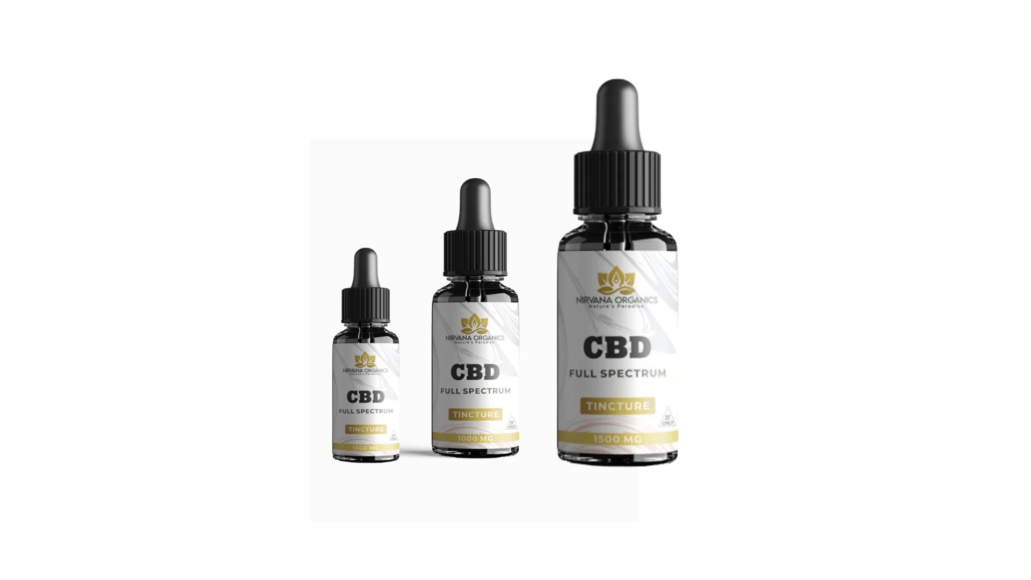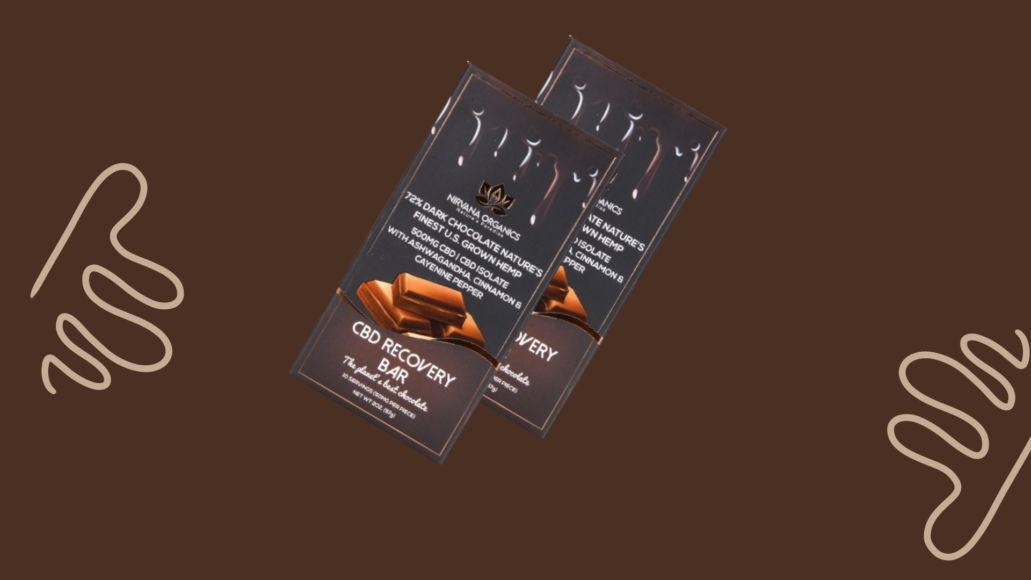Unveiling the Hemp vs. Marijuana Mystery: A Comprehensive Guide
It’s been reported that a significant 67% of U.S. adults support marijuana legalization. However, despite this support, public knowledge about cannabis remains surprisingly low.
One major source of confusion is the common mix-up between hemp and marijuana, further complicating discussions about cannabis. Fortunately, gaining clarity on the distinctions between hemp, marijuana, and CBD can empower you to navigate these conversations more confidently.
At Nirvana Organics, our commitment extends beyond providing CBD products—we’re dedicated to educating consumers on all aspects of CBD. So, continue reading to unravel the essential differences between these versatile plants!
Understanding Hemp
Hemp, a specific variety of the Cannabis Sativa plant, holds a rich history as an industrial powerhouse. Recognized for its versatility, hemp has been utilized for centuries in the creation of items ranging from textiles and ropes to food and sails.
The key factor distinguishing hemp from marijuana lies in their THC content. According to the 2018 Farm Bill, Cannabis Sativa plants containing less than 0.3% THC are classified as hemp or industrial hemp. This legislation has granted farmers across the U.S. the legal right to cultivate industrial hemp under federal law.
Notably, hemp flowers contain significantly lower levels of THC compared to marijuana, the psychoactive compound inherent in cannabis plants. This clear distinction underscores the legal and practical differences between these two facets of the Cannabis Sativa family.
Understanding Marijuana
When conversations turn to the marijuana plant, they typically refer to any cannabis variety with the potential to induce a euphoric high. Often used interchangeably with terms like “weed” or “cannabis,” the term “marijuana” embodies this psychoactive facet.
Legally, “marijuana” is defined as any form of cannabis boasting a THC content exceeding 0.3% by dry weight. THC levels can significantly vary across the diverse spectrum of cannabis plants within the Cannabis genus.
There are three main types of cannabis plants: Cannabis Indica, Cannabis Sativa, and Cannabis Ruderalis. These plants usually have more THC (the stuff that makes you feel high) than hemp or industrial hemp plants. Knowing the differences between these types of cannabis helps us understand the legal rules and different effects of marijuana. This information adds to a better conversation about cannabis because we’re more informed.
Continue Reading –Uses of CBD Oil
Unraveling the History of Marijuana Plants
The roots of marijuana’s controversial history are intertwined with racial biases, notably fueled by discriminatory attitudes toward Mexican immigrants.
In the early 20th century, a wave of immigrants sought refuge in the U.S. amid the Mexican Revolution. During this period, the cannabis plant was legally imported into the country. However, rising racist and anti-immigrant sentiments prompted a shift in rhetoric. Politicians, seizing on the opportunity, began to heavily employ the term “marijuana” instead of “cannabis” to describe the Cannabis Sativa plant and its variations.
Back in the day, there were propaganda campaigns that linked the term “marijuana” with Mexican immigrants. This was done on purpose to spread stereotypes, suggesting that these immigrants were regular users of the plant. This intentional story continued until the 1930s and was a key factor in making cannabis illegal at the federal level.
Even now, there are debates about whether we should still use the term “marijuana” to talk about cannabis because of its troubling history. Knowing this history helps us understand why there’s confusion between hemp and marijuana and how discriminatory language has affected the way people see and regulate cannabis.
Hemp-Derived CBD vs. Marijuana-Derived CBD
At its core, the disparity between hemp and marijuana boils down to a straightforward contrast: hemp boasts higher CBD and lower THC content, whereas marijuana leans towards elevated THC and diminished CBD.
The nuance emerges in the specific THC threshold for hemp to maintain its legal status, stipulating that it must contain less than 0.3% THC. Notably, the potential health benefits of CBD remain consistent, irrespective of whether the cannabis oil is extracted from hemp or marijuana.
Crucially, adherence to the legal standard is paramount—CBD products, regardless of their hemp or marijuana origin, must contain less than 0.3% THC. Failure to comply may lead the DEA to categorize such products, surpassing the THC limit, as Schedule I drugs.
It’s worth noting exceptions exist, particularly in the realm of medical cannabis and marijuana. Divergent state laws contribute to an ongoing struggle for comprehensive cannabis legalization, underscoring the complex and evolving landscape surrounding CBD and its sources.
Uses of Hemp and Marijuana Beyond Smoking
Beyond being smoked for recreational or medicinal purposes, both hemp and marijuana have a wide range of uses, each making the most of their unique chemical makeup.
Historically, hemp has been a key player in the production of building materials, ropes, and textiles. In recent times, it has gained prominence as a vital ingredient in nutritional supplements, with some crafted from hemp CBD and others derived from hemp oil. Hemp seed oil, renowned for its nutritional value, stands out as a complete protein rich in fiber.
On the flip side, cannabis is mainly utilized for products that aim to create a sense of intoxication, serving both recreational and medicinal purposes. While cannabis seeds don’t contain cannabinoids, the flowers, leaves, and stalks of the plant are packed with these compounds. They’re extracted and used to make cannabis tinctures and edibles.
This clear difference in how hemp and marijuana are used highlights the diverse roles these plants play across different industries, spanning health, nutrition, and the realms of both recreation and medicine.
FAQs
Are Hemp Plants And Marijuana Plants The Same?
While both hail from the same species, the crucial disparity lies in their CBD-to-THC ratios. Hemp and marijuana showcase distinct compositions despite their shared origin.
Why Is Hemp Federally Legal And Not Marijuana?
In essence, the legal status hinges on THC levels. Legally, CBD oil in the cannabis realm must contain less than 0.3% THC. Any plants or products exceeding this threshold are deemed illegal marijuana, underlining the pivotal role of THC in federal legality.
Does Hemp Look Different Than Marijuana?
Absolutely! Hemp typically exhibits a taller, leaner, and sturdier appearance compared to marijuana. Its leaves tend to cluster more at the flower’s apex rather than along the stem. In contrast, marijuana boasts a more “bushy” aesthetic, featuring numerous flowers in comparison to the streamlined appearance of the hemp plant.
Final Word
Now that we’ve clarified the differences between hemp and cannabis, we hope you feel more confident navigating the complex world of CBD. At Nirvana Organics, we are committed to supporting you every step of the way.
If you have more questions or need further guidance, our team is here for you. Ensuring your understanding of the various aspects of hemp, marijuana, and CBD is our top priority. Feel free to reach out anytime.
Related posts
A Comprehensive Guide to the Essentials of CBD..
Understanding CBD Recovery Bar Dark Chocolate
What Are CBD Topicals and How Do They Work?
Exploring the Potential of Black Pepper with..
Understanding Vaporizer Burning and Its Benefits
5 Key Benefits of Choosing Vaporization
The products featured on this site have not been evaluated by the Food and Drug Administration. They are not intended to be used for the diagnosis, treatment, prevention, or cure of any medical condition. Nirvana Organics does not make any claims about the benefits of our products. We recommend consulting your physician before using alternative therapies, especially if you are pregnant, nursing, elderly, chronically ill, or taking prescription medications. You must be at least 21 years old to purchase our products. Consumers assume full responsibility for using these offerings appropriately and legally.
We aim to provide truthful information about our offerings. However, our content is not meant as medical advice or instruction. The customer bears responsibility for using all products appropriately and according to the law. Customers should not construe any information here as professional medical advice or prescriptions. We provide general details about our products but do not claim to treat, cure, or prevent diseases. Creating any treatment regimen is a decision between buyers and their qualified Medical practitioners. Per the PACT Act, we follow regulations regarding the shipment of lawful goods.
THC Disclaimer
Our products contain no more than 0.3% Δ9-THC on a dry weight basis, which meets legal requirements. However, Δ9-THC can cause impairment and other side effects. You must avoid these offerings if pregnant or nursing. We also recommend consultation with a medical professional before consuming Δ9-THC. Keep these products away from children or animals. Operating vehicles or other machinery under the influence of Δ9-THC may be illegal and dangerous.

We at Nirvana Organics believe in quality and customer experience.
©2024. shopnirvanaorganics.com. All Rights Reserved.
- Login
- Sign Up








